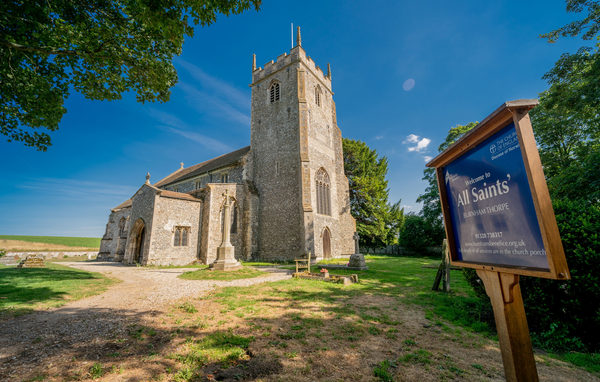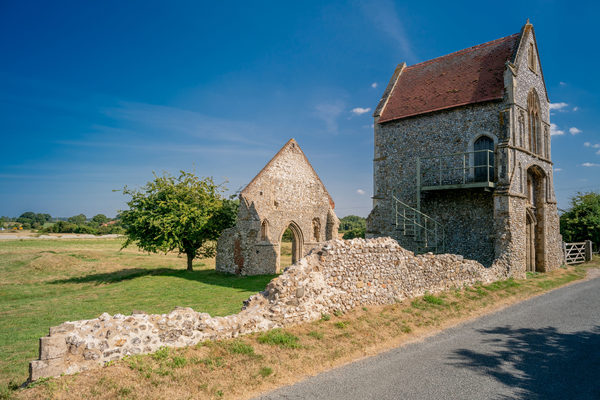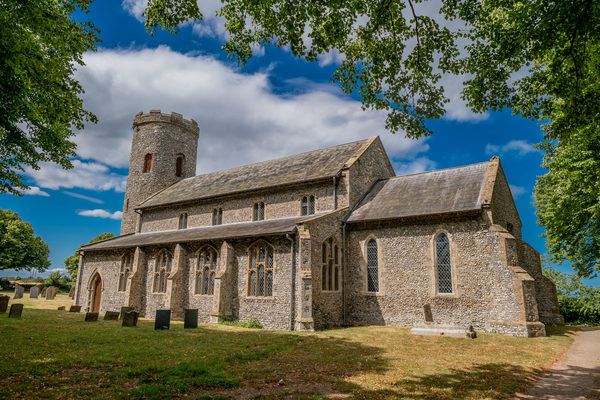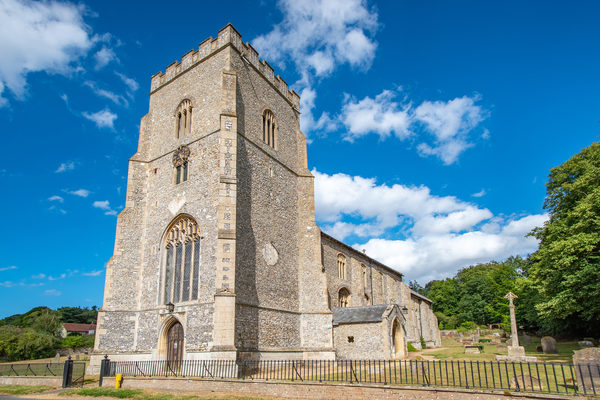The tidal creeks were large enough to allow ships to load cargo from a staithe at Holkham village. From 1639 onwards a series of embankments were constructed by local landowners, including the Cokes of Holkham. By the time the Wells embankment was completed in 1859 by the 2nd Earl of Leicester about 800 hectares of saltmarsh had been converted to agricultural use.
In the late 19th century the 3rd Earl of Leicester planted pine trees on the dunes, creating a shelter-belt to protect the reclaimed farmland from wind-blown sand. Today the ribbon of mature woodland still separates seascape from farmscape. The fields and dykes, ridges and trackways have become part of the landscape. Nature moves on; Thomas Coke, the great agricultural pioneer whose memorial can be seen above the treeline in nearby Holkham Park, would hardly recognise the place.
July 2017 - Holkham Estate, has been awarded Approved Body Status under Section 35 of the Wildlife and Countryside Act. This will make Holkham one of a select few privately owned estates in England to hold this status and follows a lengthy application process. This special status will enable the estate to manage the Holkham National Nature Reserve, which has until now been managed by Natural England.
Guided walks throughout the year are an ideal way to discover the diversity of wildlife on the Nature Reserve. Visit the Holkham Estate website (www.holkham.co.uk) for more information.
A few facts about Holkham:
Holkham Fort, near Bone’s Drove, dates back to around AD47 and is the remains of an Iceni settlement. Warriors of this tribe fought with Queen Boudica (Boadicea) against the Romans.
Holkham is the home of Coke of Norfolk, whose Holkham Shearings (gatherings of farmers and friends to discuss agricultural matters) helped to encourage agricultural reform. A memorial to Coke of Norfolk can be seen in Holkham Park to the south of the reserve.
Saltmarsh reclamation began on this coast at Burnham Overy in 1639 and was completed in 1859 with the construction of the Wells sea wall.
The Vikings sailed up a creek through the saltmarshes during the first millennium and built a fort at a bleak place they called Holkham (‘ship town’ in Danish).
As recently as 1986 Wells Harbour handled up to 200 large vessels and 100,000 tons of cargo (mostly animal feeds) annually. Nowadays a few crab boats and pleasure craft are all that remain.
Lord Nelson spent many of his boyhood days exploring this stretch of coast.








